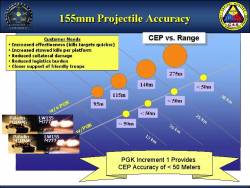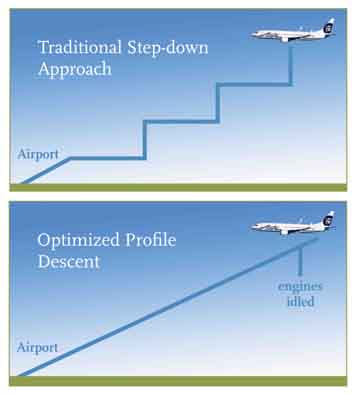L3 Interstate Electronics Corporation announced on Tuesday (July 25) that its TruNav GPS is the company’s first Military Code (M-Code) compatible GPS receiver to guide a gun-launched spinning projectile to a target. The guided flight test was conducted at Yuma Proving Grounds by the U.S. Army as part of a series consisting of both guided and unguided rounds.
The unguided tests evaluated acquisition, navigation and upfinding performance, while the guided tests verified navigation and upfinding performance when using an M-Code receiver to navigate to a target. All testing was done in a benign environment with no anti-jam or anti-spoofing features.
“L3 is very pleased with the demonstrated performance of our GPS M-Code designs. We believe our family of industry-leading Assured Positioning, Navigation and Timing (A-PNT) solutions gives the warfighter an edge in battle,” said David Duggan, president of L3’s Precision Engagement Systems sector. “Our projectile GPS M-Code receiver is available in several form factors and is ready for integration into a wide variety of munitions requiring next-generation GPS performance to counter current and future threats.”
The L3 IEC TruNav projectile GPS receiver module is a 46 millimeter round card low-power system that receives and processes GPS signals for gun-launched, air-dropped and rocket-propelled precision-guided munitions. The module uses a baseline M-Code architecture developed by L3 under the Air Force’s Military GPS User Equipment (MGUE) program. The MGUE baseline provides affordable precision in a GPS- degraded and
-denied environment, and maintains accuracy while exposed to Blue Force Electronic Attack.
Based in Anaheim, California, L3 Interstate Electronics Corporation is a long-term supplier of critical navigation, test instrumentation and missile tracking systems for the U.S. Navy’s Fleet Ballistic Missile (FBM) weapon systems, including the Trident submarine.






